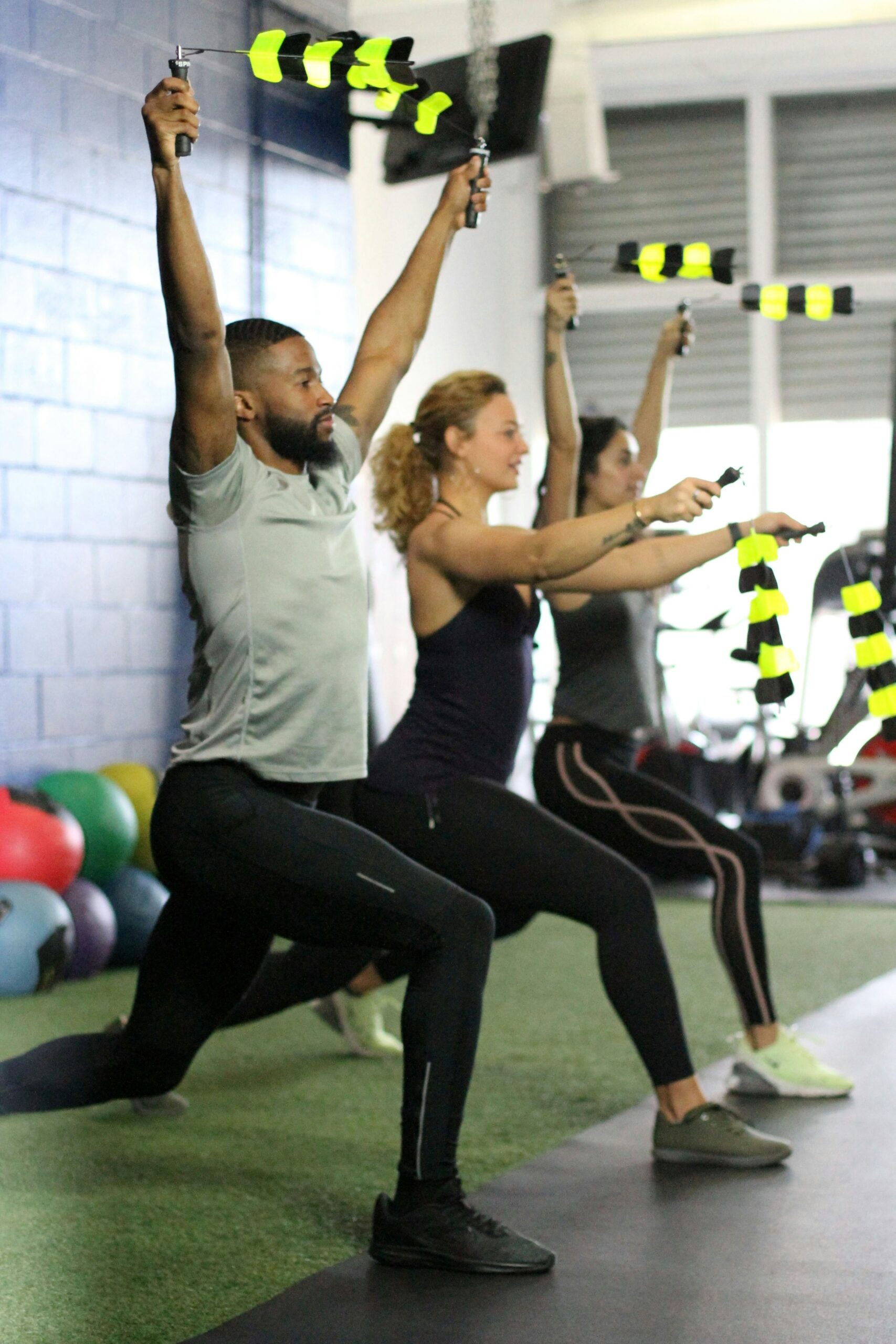Physical Literacy: Towards a Framework to Inform Practice

Introduction
This paper sets out the conceptual thinking that underpins our understanding of Physical literacy. However, for many people this material has not been readily available and the opportunity to read it thoroughly may not have been easy. As a result, their understanding of Physical Literacy is incomplete and this can be a major obstacle to their ability to translate the central principles into practice. It is a source of major concern also that different interpretations may arise and cause confusion that could hinder the progress of developing Physical Literacy and its relevance to professional practice.
In order to address this problem this paper is written from a personal perspective so that I can illustrate where my ideas come from. This is only a first stage because I am inviting people to contribute areas of conceptual thinking (ones that are missing in my account) that can have a profound impact on our thinking and contribute to our understanding.
I will use the idea of a jigsaw puzzle to illustrate this point. I feel that all the items that influence my thinking are only one small part of my jigsaw leaving me with many gaps that I have not filled and many potential connections that would make more coherence for me. Clearly, we have to be realistic because it takes most of my time keeping up-to-date with my current interests and exploring new areas. Nevertheless, it means that my understanding is incomplete. If we recognise this, we can aim to develop a shared understanding of the main conceptual thinking within Physical Literacy with your co-operation. Please feel free to make suggestions together with a key source.
At the same time that this process is underway, each of the distinct areas of conceptual thinking in this paper are being translated into concise clear guidelines. The first one was philosophical insights and this has been well received as a major step forward. It sets the standard for the remaining documents.
Finally, at the end of this paper I have set out what I consider to be the major work that needs to be addressed before we are in a position to inform and guide all our practitioners working in different settings and with different age groups across the lifespan.
This is major task that needs your help in sharing your ideas, contributing in different ways or volunteering to be part of the project. This does not exclude critical feedback or suggestions for thinking about the project in another way. Such contributions would be welcome. This has to be a shared project because we need to develop a shared understanding of the value of Physical Literacy and its relevance for practitioners.
Conceptual studies that inform my understanding in Physical Literacy
Central Principles inspired by philosophical insights
- Monism
- Phenomenology
- Existentialism
- Embodied Cognition
- Enactive approach in cognitive science (Varela)
An in-depth understanding of the philosophy of these approaches underpins much of physical literacy.
Capability Approaches (Sen and Nussbaum)
- Empowerment + Agency
- Autonomous involvement in their own learning and decision making
- Independent learning
- Personal Responsibility
- Giving young people a ‘Voice’
- Additional Principles
- Health as resource to replace risk reduction concepts as the focus for promoting health in schools
Additional Principles
Health as a resource to replace risk reduction concepts as the focus for promoting health in schools
Health is a resource for everyday life not an objective for living. This requires a major rethink in Physical Education.
- Antonovsky (1993)
- Culture in health promotion (David Napier, Lancet Nov 2014)
- Rebecca Lloyd’s approach
- Doidge (The Brains Way of Healing, 2014)
Developing a commitment to being physically active (love being active) or to purposeful physical pursuits that can enrich living and can sustain a long-term interest.
- Learning to love being active.
- Emotional engagement with different forms of purposeful physical pursuits (Sport England, 2014).
- Bourdieu’s notion of Habitus has important implications for any notion of commitment to a purposeful physical pursuits.
- Ken Green’s work on factors influencing participation needs much more careful consideration.
- Jean Cote’s influential insights need to be central to our thinking.
Providing guidelines to demonstrate how the above can inform practice is crucial and it has the potential to substantially improve how we make available the opportunity to energise people’s lives and enrich living.
Psychology
- Gebriel Wulf
- Arnaud Boutin
- Carol Dweck
Complexity theory has to be part of our practical thinking.
These authors have provided a great deal of insight into my thinking on the role of psychology but it is far from complete. I am still a Bruner man at heart.
There are many others that need to be addressed I am simply identifying those that influence my understanding of physical literacy. However, it illustrates a point that is never addressed.
Commentary on the impact of the above with teachers and schools
They have no impact on physical education in schools because teachers tend to adopt a dualist perspective with the emphasis on motor skills and physical activity without any contextual relevance. This is a major problem that is not being addressed.
The understanding that Capability Approach have brought to Physical Literacy clearly reveals an area of development that has major implications for enhancing physical education. However, the central components of this approach (I don’t like calling Sen and Nussbaum different approaches) represent missing ingredients in the current PE curriculum because they are important items that provide educational validity.
Further Steps
1. Core concepts and principles of Physical Literacy
Philosophical insights
Capability Approach
2. Additional concepts and principles that underpin Physical Literacy
Health as a resource to replace risk reduction concepts (Instrumental value) as the focus for promoting health in schools.
Developing a commitment to being physically active (love being active) or to purposeful physical pursuits that can enrich living and can sustain a long-term interest.
3. Relevance to different settings (early years, schools, care homes, the family, the community) and age groups (0- very old adults)
This needs to be spelt out in real terms because Physical Literacy is for everyone.
4. Pedagogy – Here there are different layers
One is Darcia Narvaez (2014) who provides a different perspective on human thriving and flourishing especially in early years, the relational life and her 3 virtues (especially the engagement ethic) that should be central to any vision of a thriving school.
Psychological underpinnings
- Gebriel Wulf
- Arnaud Boutin
- Carol Dweck
- Jean Cote
Pedagogy of engagement with young people/adults
Engagement with appropriate and relevant content that enables participants to ‘get on the inside ‘ of the challenges presented, where they learn to love being active and they learn to recognise that this is something that they can value.
Engagement with participants (a partnership in learning and understanding) and once again that enables participants to ‘get on the inside ‘ of the challenges presented, where they learn to love being active and they learn to recognise that this is something that they can value.
Relational life in specific settings and in practice (+relational ethic).
Involving participants in the process of their own development, learning and commitment to a love of being active and secondly, ensuring that they have a voice that is heard and responded to.
5. Matching theoretical (informed) perspectives with:
- The curriculum that teachers use as a guide for what they make available to young people.
- Teachers’ vision of what they should (and could) be achieving.
- Teachers approach to planning and delivering a coherent programme that enables young people to love being active and want to seek out more opportunities.
- Teacher’s folk psychology
- The culture of physical education in schools
- The reality of schooling today and the significant burden that all caring teachers carry.
- Professional development
However, such a task must be able to discipline ideas (recognise reality in schools together with a reasonable vision of what is possible) within a shared community that recognises the significance of this work.
I am constantly writing about a shared understanding and communal imagination within a profession that really values being part of a shared community. If we can make steps in this direction Physical Literacy will grow and develop and begin to inspire practitioners.
Note
I am currently exploring how I can translate this work into the production of practical guides that will be translated into a framework for teachers to explore HOW they can become part of their practice, inform their work and improve teaching and learning. This is in many ways a more complex task and expressions of interest would be gratefully received.
Len Almond
Photo: Alan Cleaver



